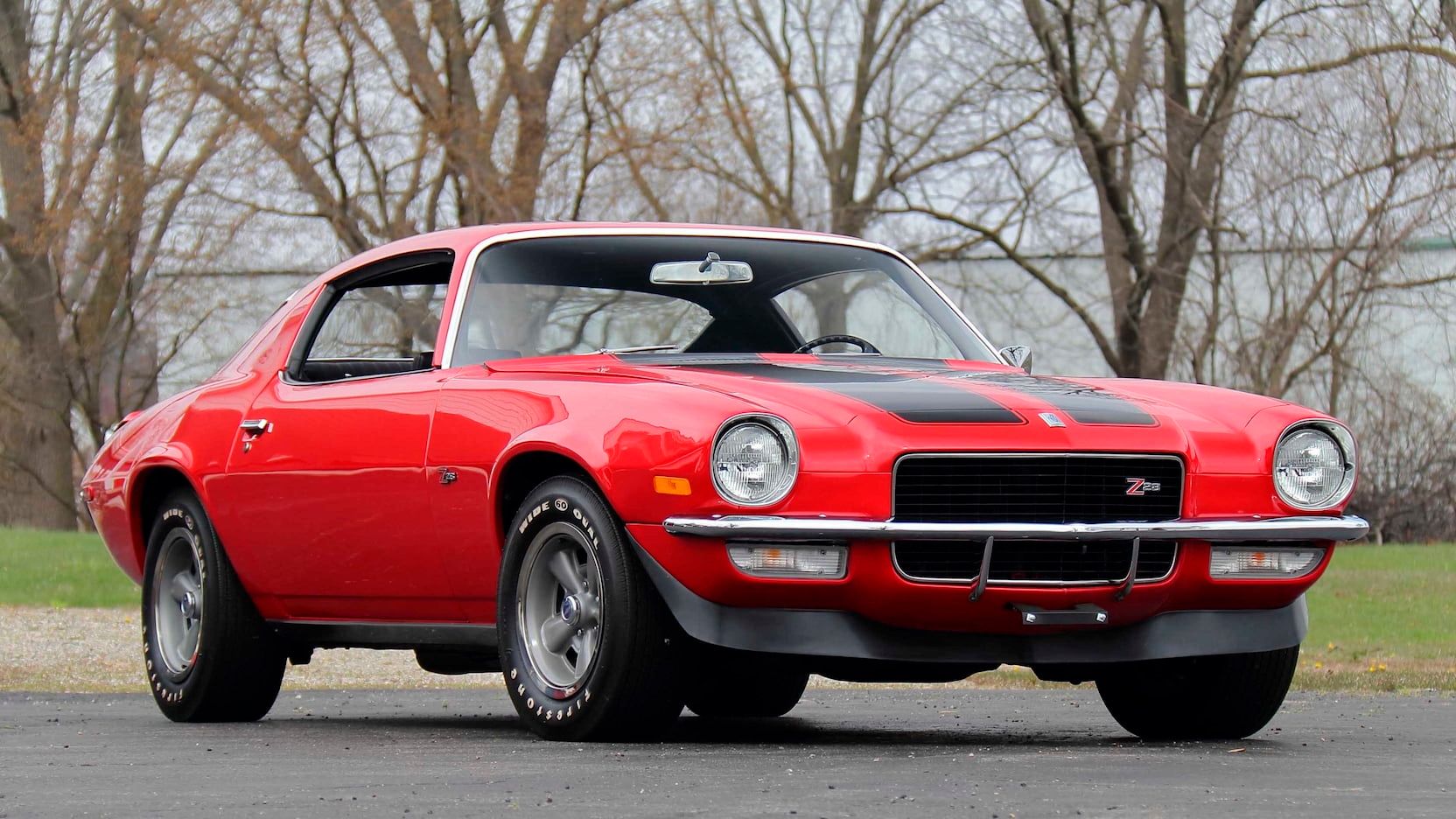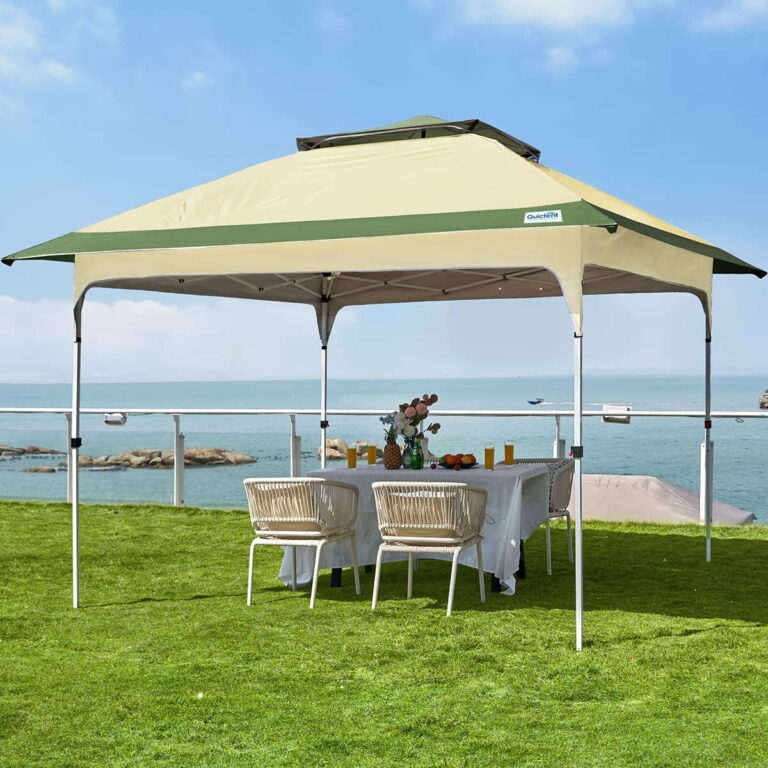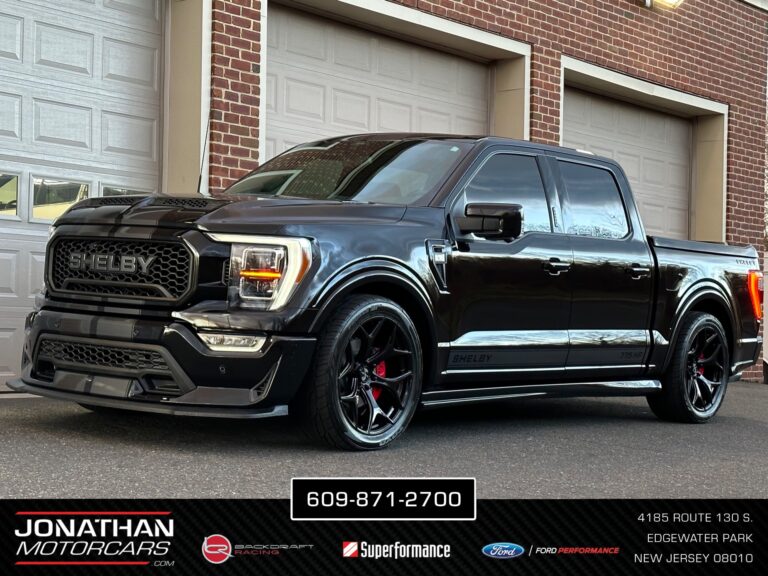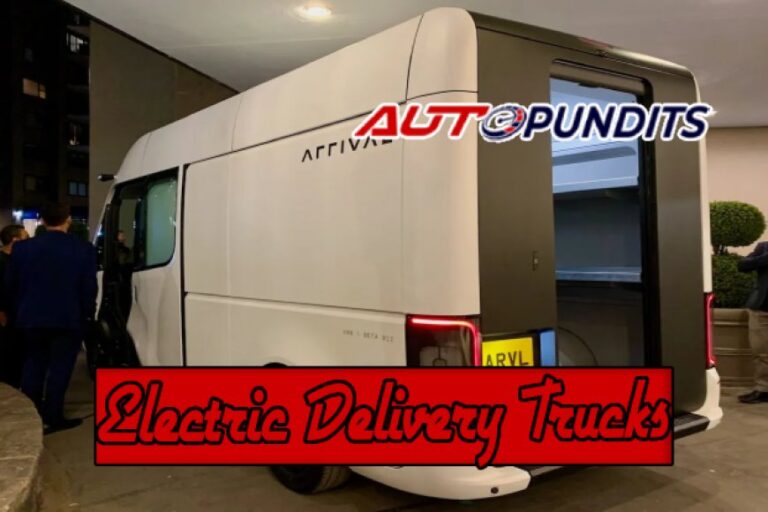1970 To 1980 Chevy Trucks For Sale: A Comprehensive Buyer’s Guide
1970 To 1980 Chevy Trucks For Sale: A Comprehensive Buyer’s Guide cars.truckstrend.com
In the vast landscape of classic American automobiles, few vehicles command the enduring affection and widespread appeal of Chevrolet trucks from the 1970s and early 1980s. These workhorses, often affectionately known as "Action Line" (1967-1972 models) and "Square Body" (1973-1987 models), represent a golden era of robust utility, timeless design, and mechanical simplicity. For enthusiasts, collectors, or anyone seeking a durable, customizable, and increasingly valuable classic vehicle, the market for 1970 to 1980 Chevy trucks offers a treasure trove of possibilities. This comprehensive guide aims to navigate the landscape of buying, owning, and appreciating these iconic machines, from their historical significance to practical purchasing advice.
The Golden Age of Chevy Trucks: An Overview of 1970-1980 Models
1970 To 1980 Chevy Trucks For Sale: A Comprehensive Buyer’s Guide
The decade spanning 1970 to 1980 saw two distinct, yet equally influential, generations of Chevrolet trucks. The early part of the decade was dominated by the tail end of the "Action Line" C/K series, which debuted in 1967. These trucks, with their smoother lines, integrated front ends, and sophisticated interiors for their time, offered a blend of ruggedness and newfound comfort. They were available in C (2-wheel drive) and K (4-wheel drive) configurations, with various bed lengths (short box, long box) and cab styles (regular cab, crew cab, and even the popular Blazer SUV and Suburban wagon).
By 1973, Chevrolet introduced the groundbreaking "Square Body" generation, a design that would define American trucks for over a decade. Characterized by its sharper lines, utilitarian aesthetic, and wider stance, the Square Body was designed for improved aerodynamics, occupant comfort, and durability. These trucks were revolutionary for their time, offering features like full-time 4WD, improved heating and air conditioning, and a more car-like ride. Both generations, however, shared a common philosophy: build tough, reliable trucks that could handle anything thrown their way. Engine options were plentiful, ranging from economical inline-sixes (250, 292 cubic inches) to a variety of small-block V8s (305, 350, 400 cubic inches) and the formidable big-block 454 V8, paired with manual or automatic transmissions.
Why Buy a 1970-1980 Chevy Truck Today?
The appeal of these vintage Chevy trucks extends far beyond mere nostalgia. They offer a compelling blend of practical benefits and classic charm that makes them highly desirable in today’s market:
- Classic Appeal and Timeless Design: Both Action Line and Square Body trucks boast iconic aesthetics that never go out of style. They evoke a sense of Americana, simpler times, and genuine utility, making them head-turners wherever they go.
- Durability and Simplicity: These trucks were built with robust, over-engineered components designed to withstand years of hard work. Their mechanical simplicity means fewer complex electronics, making them easier and often cheaper to maintain and repair for the average enthusiast.
- Versatility: Whether you’re looking for a reliable daily driver, a weekend cruiser, a capable off-road rig, a show-winning custom, or a genuine work truck, these Chevys can be adapted to almost any purpose.
- Strong Aftermarket Support: Due to their immense popularity and production numbers, the aftermarket for 1970-1980 Chevy trucks is massive. Virtually every part, from body panels and trim to engine components and interior pieces, is readily available, often at reasonable prices. This makes restoration and customization projects far more feasible.
- Investment Potential: While not all examples will skyrocket in value, well-maintained, original, or professionally restored trucks from this era have shown consistent appreciation. They offer a tangible asset that can be enjoyed while potentially growing in value.

Key Models and Features to Look For
When exploring 1970-1980 Chevy trucks for sale, understanding the various models and features will help narrow your search:
- C10/K10: The most popular half-ton (1/2 ton) pickup trucks. The C10 is 2WD, while the K10 is 4WD. They are highly sought after due to their comfortable ride, manageable size, and broad appeal for customization.
- C20/K20 & C30/K30: These are 3/4-ton and 1-ton trucks, respectively. They feature heavier-duty suspension, brakes, and drivetrain components, making them ideal for towing or hauling heavy loads. C30s were often available with dual rear wheels (duallies).
- Blazer/K5 Blazer: A short-wheelbase SUV based on the C/K platform, offering open-air driving with its removable top (pre-1976 full removable top, later years only rear section). Highly collectible, especially 4WD K5 models.
- Suburban: The original SUV, offering spacious seating for families and ample cargo capacity. Available in C (2WD) and K (4WD) versions, they are perfect for larger families or those needing significant hauling space.
- Engine Options:
- Inline-6 (250ci, 292ci): Reliable, economical (by 70s standards), and easy to maintain. Great for cruisers or light duty.
- Small-Block V8 (305ci, 350ci, 400ci): The 350ci is arguably the most common and versatile, offering a good balance of power, reliability, and parts availability. The 400ci offers more torque.
- Big-Block V8 (454ci): The powerhouse option, ideal for heavy towing or performance builds. Less fuel-efficient but delivers serious muscle.
- Transmissions: Common automatics include the TH350 and TH400 (heavy-duty). Manual options range from 3-speed column shifters to robust 4-speed SM465 "granny low" units.
- Trim Levels: From the basic "Custom" or "Scottsdale" to the more luxurious "Cheyenne" and "Silverado" (especially for Square Bodies), trim levels dictate interior amenities, exterior brightwork, and available options like air conditioning, power windows, and tilt steering.
Important Considerations Before Buying
Purchasing a classic truck requires a keen eye and realistic expectations. Here are critical areas to inspect:
- Rust: This is the number one enemy. Check common rust areas: cab corners, rocker panels, floorboards, fender wells, bed sides and floor, door bottoms, and frame rails. Surface rust is manageable; structural rust is a major red flag.
- Engine & Drivetrain: Look for leaks, listen for unusual noises (knocks, ticks, excessive exhaust smoke), and check fluid levels and condition. Test drive to ensure smooth shifting (both manual and automatic), proper clutch engagement, and no grinding or popping from the differential.
- Electrical System: Often neglected. Test all lights (headlights, brake lights, turn signals), wipers, horn, radio, and dashboard gauges. Look for frayed wires or amateur wiring jobs.
- Suspension & Steering: Check for excessive play in the steering wheel, worn ball joints, tie rods, and leaf springs. A bouncy ride or significant body roll indicates worn shocks or springs.
- Brakes: Ensure the pedal feels firm and the truck stops straight without pulling. Inspect brake lines for rust or leaks.
- Interior Condition: Dash pads are prone to cracking, seats may be torn, and carpets worn. These are often easier fixes but can add to restoration costs.
- Documentation: A clean title is essential. Any service records or history of the truck can be a significant bonus, indicating how well it’s been maintained.
- Originality vs. Modified: Decide if you want a numbers-matching original, a mild custom, or a fully modified build. Each has different implications for value and potential issues.
Where to Find and How to Assess Value
Finding your ideal 1970-1980 Chevy truck requires patience and knowing where to look:
- Online Marketplaces: Craigslist, Facebook Marketplace, and eBay are excellent starting points for local and regional listings.
- Dedicated Classic Car Sites: Websites like Hemmings.com, ClassicCars.com, BringATrailer.com, and local classic car dealer websites often feature higher-quality or specialized listings.
- Auctions: Major auction houses (Mecum, Barrett-Jackson) handle high-end, restored examples, while local auctions can yield hidden gems.
- Local Ads & Word of Mouth: Don’t underestimate the power of local classifieds, car shows, and networking with fellow enthusiasts.
Assessing value is crucial. Consult valuation guides like Hagerty or NADA Guides, but also research recent sales of similar trucks on auction sites to get a real-world perspective. Prices vary wildly based on condition (from "project" to "show quality"), model (K-series and Blazers typically command more than C-series), engine, options, and geographic location. Always arrange for a pre-purchase inspection (PPI) by a trusted mechanic familiar with vintage vehicles, especially if you’re not an expert yourself.
Restoration, Customization, and Maintenance Tips
Once you’ve acquired your dream truck, the journey continues with ownership.
- DIY vs. Professional: Many tasks on these trucks are DIY-friendly, thanks to their simple mechanics and abundant online resources (forums, YouTube). However, complex bodywork, paint, or major drivetrain overhauls might be best left to professionals.
- Common Upgrades: Many owners opt for modern upgrades to enhance drivability:
- Disc Brake Conversions: Improve stopping power significantly.
- Electronic Fuel Injection (EFI): Replaces carburetors for better reliability, starting, and fuel economy.
- Air Conditioning: Modern AC systems can make hot weather driving much more comfortable.
- Suspension Upgrades: Lowering kits, upgraded shocks, and sway bars can improve handling and ride quality.
- Modern Transmissions: Overdrive automatics (like a 700R4) can improve highway cruising and fuel economy.
- Regular Maintenance: Adhere to a strict maintenance schedule. Regular oil changes, fluid checks (transmission, differential, coolant), greasing chassis points, and checking tire pressure will keep your truck running smoothly for decades.
- Parts Sourcing: Utilize the robust aftermarket. Reputable vendors specialize in reproduction parts for these trucks. Don’t forget junkyards for hard-to-find original components.
Pricing Table: 1970 To 1980 Chevy Trucks For Sale Estimated Price Ranges
Prices are highly variable based on region, exact year, specific options (AC, power windows, etc.), and the original engine/transmission combination. This table provides broad estimates.
| Year Range | Model Type | Condition: Project (Needs Major Work) | Condition: Driver (Runs, Needs TLC) | Condition: Good (Solid, Presentable) | Condition: Excellent/Restored (Show Quality) |
|---|---|---|---|---|---|
| 1970-1972 | C10 (2WD Pickup) | $3,000 – $8,000 | $8,000 – $18,000 | $18,000 – $35,000 | $35,000 – $70,000+ |
| 1970-1972 | K10 (4WD Pickup) | $4,000 – $10,000 | $10,000 – $25,000 | $25,000 – $45,000 | $45,000 – $80,000+ |
| 1970-1972 | K5 Blazer (4WD SUV) | $5,000 – $12,000 | $12,000 – $30,000 | $30,000 – $55,000 | $55,000 – $100,000+ |
| 1973-1980 | C10 (2WD Pickup) | $2,500 – $7,000 | $7,000 – $15,000 | $15,000 – $30,000 | $30,000 – $60,000+ |
| 1973-1980 | K10 (4WD Pickup) | $3,500 – $9,000 | $9,000 – $20,000 | $20,000 – $40,000 | $40,000 – $75,000+ |
| 1973-1980 | K5 Blazer (4WD SUV) | $4,000 – $10,000 | $10,000 – $28,000 | $28,000 – $50,000 | $50,000 – $90,000+ |
| 1970-1980 | Suburban (All) | $2,000 – $6,000 | $6,000 – $15,000 | $15,000 – $30,000 | $30,000 – $60,000+ |
| 1970-1980 | C20/K20, C30/K30 (HD) | $2,000 – $7,000 | $7,000 – $18,000 | $18,000 – $35,000 | $35,000 – $65,000+ |
Note: Prices can fluctuate based on market demand, location, specific options, and the vehicle’s history (e.g., celebrity ownership, documented restoration).
Frequently Asked Questions (FAQ)
Q: Are parts for 1970-1980 Chevy trucks hard to find?
A: Absolutely not! Thanks to their immense popularity and high production numbers, the aftermarket for these trucks is one of the strongest in the classic vehicle world. Almost every part is reproduced or readily available.
Q: Can these trucks be used as daily drivers?
A: Yes, many owners use them as daily drivers. While they won’t offer modern fuel economy or safety features, their robust build and simple mechanics make them reliable. Upgrades like EFI, disc brakes, and overdrive transmissions can significantly improve daily drivability.
Q: What’s the difference between a C and a K series truck?
A: "C" denotes a 2-wheel drive (2WD) truck, while "K" denotes a 4-wheel drive (4WD) truck. K-series models generally command higher prices due to their off-road capability and added complexity.
Q: What is a "Square Body" Chevy truck?
A: "Square Body" refers to the 1973-1987 generation of Chevrolet C/K series trucks, characterized by their angular, boxy design, which was a significant departure from the smoother lines of the previous "Action Line" generation.
Q: Are they fuel-efficient?
A: Generally, no. These trucks were designed in an era with lower fuel prices and less emphasis on efficiency. V8 engines, especially big blocks, can be quite thirsty. Inline-sixes offer slightly better economy.
Q: What’s the best engine option for a beginner?
A: The 350 cubic inch (5.7L) small-block V8 is often considered the best all-around choice. It’s incredibly reliable, powerful enough for most needs, and has an almost endless supply of parts and upgrade options.
Q: Is it better to buy a restored truck or a project?
A: It depends on your budget, mechanical skills, and time commitment. A restored truck is "turn-key" but costs significantly more. A project allows you to customize and learn, but the costs and time can quickly add up, often exceeding the value of a finished truck.
Conclusion
The 1970 to 1980 Chevy trucks represent a cherished chapter in automotive history, offering a blend of rugged capability, classic styling, and a burgeoning collector’s market. Whether you’re drawn to the timeless curves of an Action Line C10 or the utilitarian charm of a Square Body K5 Blazer, these trucks promise an engaging ownership experience. By conducting thorough research, performing diligent inspections, and understanding the nuances of the market, you can find a piece of American iron that not only serves your practical needs but also connects you to a vibrant community of enthusiasts. Owning one of these iconic Chevys is more than just having a vehicle; it’s embracing a lifestyle and preserving a piece of automotive heritage.




